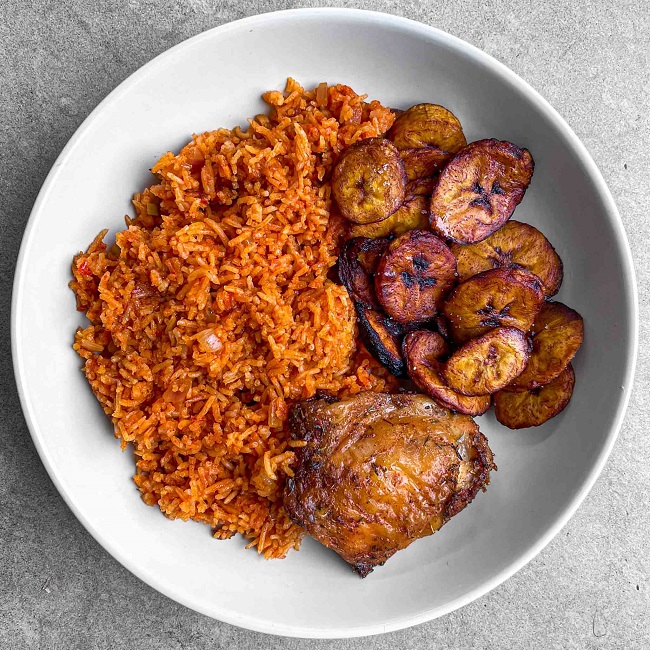The cost of preparing a pot of jollof rice in Nigeria has surged to an all-time national average of ₦27,528 as of June 2025, marking a staggering 153% increase since March 2023 and June 2025. This highlights deepening food insecurity and systemic inflation pressures.
This insight, revealed in SBM Intelligence’s latest Jollof Index titled “The Crushing Cost of a Pot”, offers a snapshot of Nigeria’s cost-of-living crisis. The index, which tracks the prices of key jollof rice ingredients across major markets, shows sustained price spikes across nearly every region in the country over the past two years.
While the national average rose sharply, regional disparities were even more alarming. Bauchi emerged as the most affected, with the cost of a pot of jollof rice reaching ₦41,050 in June 2025, a 587% rise from 2016 levels. The spike was driven by the rising cost of turkey (up 50%), onions (up 300%), and pepper (up 433%) between August 2024 and June 2025.
In Abuja, Wuse II recorded an average of N33,900 while Nyanya followed closely at ₦32,125, up from ₦4,095 in 2016. These increases mirror the broader Northcentral inflation trajectory, where insecurity, poor infrastructure, and subsidy removals continue to weigh heavily on food prices.
Calabar Municipal also surged to ₦32,900, while Bayside Mbukpa reached ₦32,400, underscoring the South-South’s vulnerability to port disruptions and high logistics costs. Port Harcourt, another hotspot, peaked at ₦32,600.
Urban centres in the Southwest, like Lagos’ Balogun Market, saw index values hit ₦23,591, the highest in the region. According to the report, Lagos continues to experience outsized inflation due to hyper-urbanisation, traffic gridlock, and heavy reliance on imports. Markets in Ibadan, such as Bodija and Dugbe, showed slightly more stability but still recorded significant jumps due to logistics disruptions and climate shocks.
The report highlights how specific ingredients are fueling the crisis, like pepper, onions, turkey (1kg), seasoning cubes, vegetable oil, even salt, and tomatoes previously considered stable have seen price hikes of 75% and 150% respectively in some regions.
Nigeria’s food inflation held firm at 21.97% year-on-year in June 2025, with month-on-month increases persisting despite headline inflation moderating to 22.22% in the same period. This sustained pressure highlights a growing disconnect between food inflation and overall CPI trends. According to both SBM Intelligence and Condia, structural constraints continue to drive food prices upward: entrenched insecurity in agricultural zones, the removal of fuel subsidies in May 2023, the FX unification that triggered a 70% naira devaluation, and climate-related disruptions such as flooding in key food-producing regions.
The report concludes with a stark warning that unless Nigeria implements targeted interventions ranging from restoring security in farming regions to fixing transport infrastructure and stabilising the naira, food prices will remain on a steep climb.
Get passive updates on African tech & startups
View and choose the stories to interact with on our WhatsApp Channel
Explore




